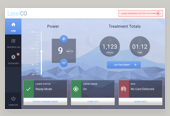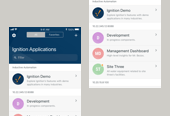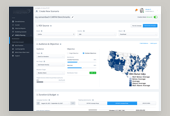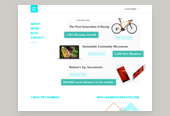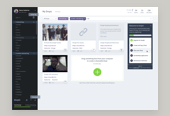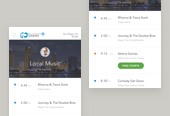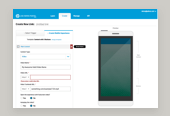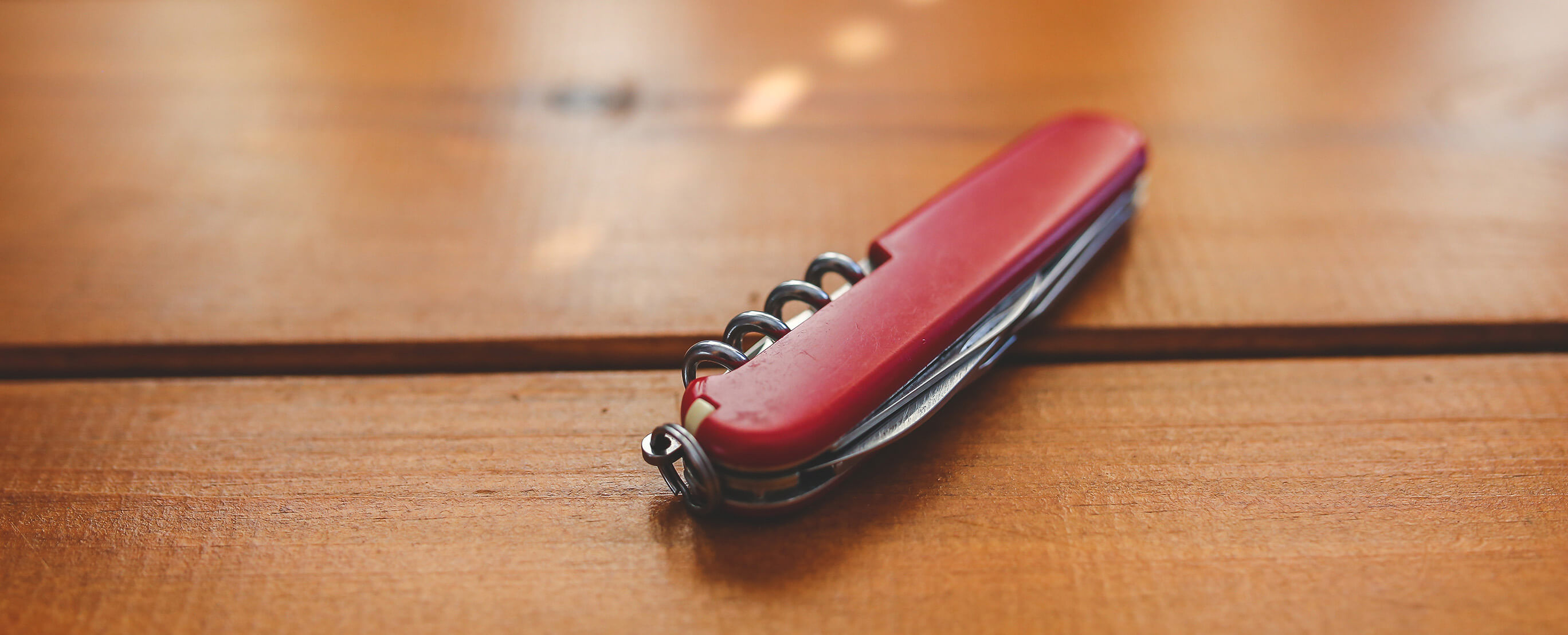
As a professional designer, you are a key asset of the team – not simply a tool for last-minute polish.
The term Creative has long plagued the professional designer. When we speak of a designer in this light, one conjures the image of a whacky, unkempt “creative-type” that comes in late to work and skips meetings. ThisCreative slacks lazily at their desk, pushing pixels around until inspiration strikes, or some combination of colors and typography happens to click.
Today’s thriving professional designer is anything but this. Today’s designer is an analytical problem solver who can explain clearly how and why she got to the design solution she is defending. How does she do it? Reason.
Design With Reason
Designers should be expected to argue and educate for their audience from an informed point of view. As a designer, be sure that your solutions are tied to the project’s goals, your research phase or other concrete evidence.
Design is using data and research to concurrently solve the user’s problem and the business’ goal.
If you don’t use reason as the impetus for your design decisions, you leave yourself at the whim’s of other’s uninformed opinions. Reason gives you the authority to explain and defend your rationale behind a design strategy. It is the power to convince and unite your team behind a solution.
The best part of designing with reason is that it is a replicable process. You can take the informed, meaningful decisions you’ve made for a project and reuse this process infinitely. Of course, all processes bend, evolve and are refined over time and for each use case. However, having one in the first place is a must for today’s professional designer. It proves to others that you are a skilled professional who solves problems strategically.
Design generally manifests as a visual deliverable, but good design is anything but subjective.
Your role as a design professional is to fully understand the challenge, then move forward with research and a clear definition of your strategy to develop a solution. Work towards becoming a key partner throughout the problem-solving process, not a simple vendor of pixel services.
Push Pixels Last
When the time comes to place your pixels, the role of the designer is nearly complete. This should be the last, and hopefully easiest step in your design process. If you’ve carried out your strategic duties up-front, the pixels should come quickly. Laying the proper groundwork for your successful design solution comes far before the actual act of organizing pixels on-screen.
When pressed for reason or rationale behind your design work, anything is better than the response of “I can change it”. Develop your rationale and reasoning through a defined strategy that is aligned with the goals of the business.
As a designer, you are a highly trained strategic asset for any project. Carry yourself as such.
Otherwise, you’ll forever be a simple asset — a tool called forth by higher ups at the end of the strategy phase when they need some pixels pushed around, nothing more.
Published by: Ray in Product Design, Thoughts, User Experience
